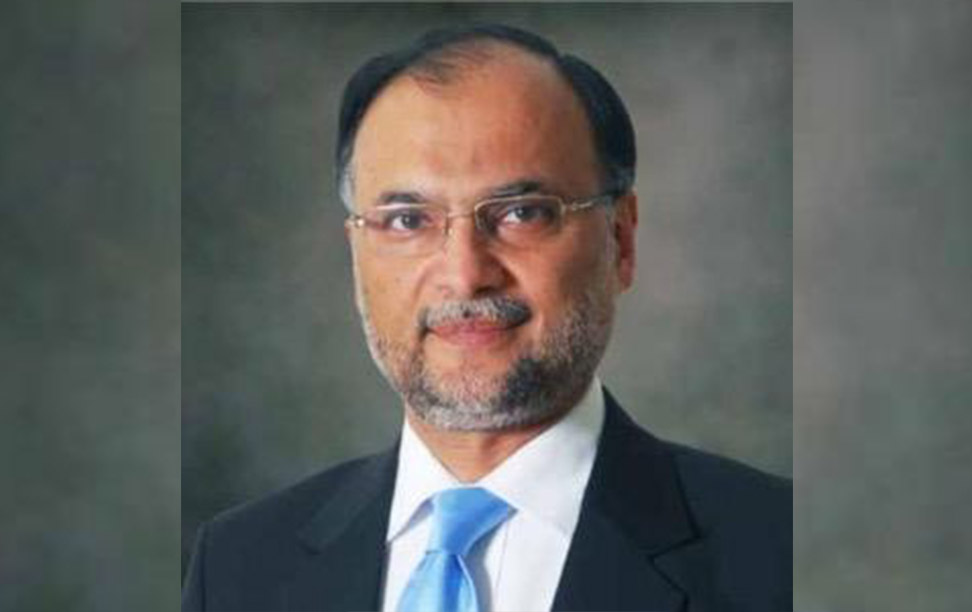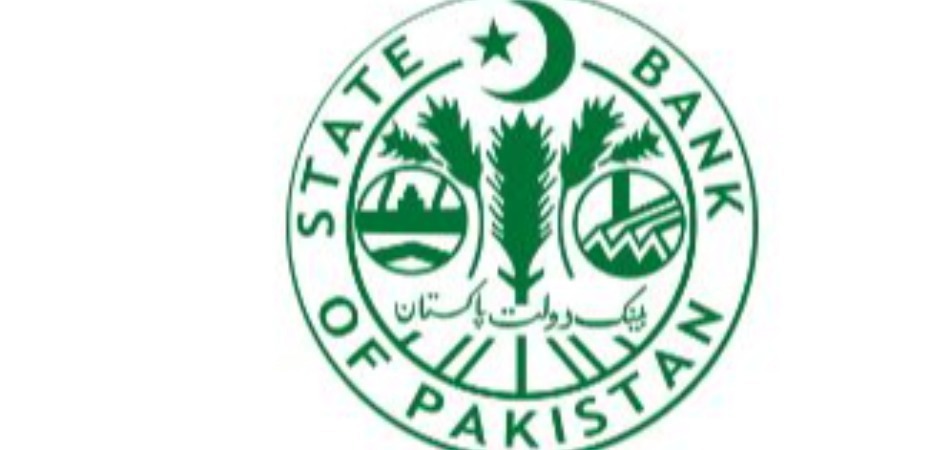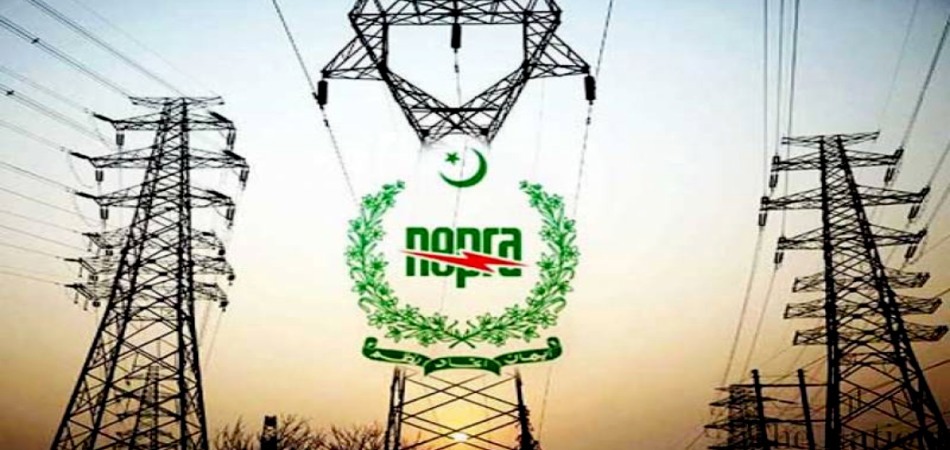SIFC, CPEC-5Cs Key to Pakistan’s 5Es Success: Ahsan Iqbal

By MG News | January 01, 2025 at 02:07 PM GMT+05:00
January 01, 2025 (MLN): The Special Investment Facilitation Council (SIFC) and the CPEC-5Cs (Corridors) framework have been identified as two 'golden opportunities' for Pakistan to transform its 5Es framework into a reality, according to the Minister for Planning, Development and Special Initiatives Professor Ahsan Iqbal.
“The SIFC and CPEC corridors are very well aligned with our 5Es (Exports, Equity and Empowerment, E-Pakistan, Environment & Climate Change, and Energy and Infrastructure) framework, and are helpful in its implementation,” he said while giving a presentation on Uraan Pakistan 5Es National Economic Transformation Plan (2024-29).
Prime Minister Muhammad Shehbaz Sharif unveiled ‘Uraan Pakistan’ the homegrown National Economic Plan (2024-29), a journey to a trillion-dollar economy by 2035, here at a ceremony, as APP reported.
Elaborating the opportunities, he said that more and more foreign investment could be attracted through the SIFC, with anticipated investment flows of $29 billion by friendly countries such as the UAE, Saudi Arabia, Qatar, Azerbaijan, and Kuwait.
The second opportunity, he said, was the five Cs (Growth Corridor, Livelihood Enhancing Corridor, Innovation Corridor, Green Corridor, and Opening-Up Corridors) under the second phase of the CPEC.
The minister said Pakistan's economy is at a critical crossroads, facing deep-rooted challenges such as declining growth, poor export performance, political instability, lack of policy continuity, fiscal and current account deficits, a fractured socio-economic platform, an overly regulated business environment, population explosion, and the youth bulge.
He also highlighted emerging shifts in the industrial revolution of 4.0 and 5.0, climate change vulnerability, inefficiency and unaffordability of energy, and widening social disparities, all of which need to be addressed effectively.
Ahsan Iqbal regretted that the federal government’s resources were being used primarily for debt servicing, adding that it was essential to increase the existing resources, tax revenue and exports so that self-reliance could be achieved.
He said no country could progress without developing its human resources, noting that Pakistan was far behind in South Asia when comparing economic indicators, human resource development and digital transformation figures with other countries.
The minister advocated adopting a transformative strategy, grounded in the 5Es framework, unlocking its full economic potential, which could enable the country to become a one trillion-dollar economy by 2035 and a three-trillion-dollar economy by 2047.
Under the 5Es framework, he said, the first pillar was exports, which needed to be increased to build foreign exchange reserves, with a goal of growing exports from $30bn to $100bn over the next eight years.
“This will include Pakistan in the world’s leading economies.”
Under this segment of the 5Es framework, macroeconomic reforms will be implemented to promote export-led economic growth.
Efforts will focus on enhancing productivity, quality, and innovation to boost global competitiveness, improving the investment climate, diversifying product offerings and market access, promoting SMEs and entrepreneurship, fostering cluster-based development, and strengthening the national brand Made in Pakistan.
“The key target is to achieve $60bn in yearly exports by prioritizing IT, manufacturing, agriculture, industries, minerals, manpower, and the blue economy,” he added.
Similarly, he said, under the E-Pakistan initiative, the national economy would be technology-driven by improving digital infrastructure, developing a startup and VC funding ecosystem, building training, skill-building, and freelancing, establishing an artificial intelligence framework, and enhancing cyber-security capabilities.
On the third E Environment (Water and Food Security), he said water security would be ensured through integrated water resource management, enhancing food safety and security through Green Revolution 2.0, adapting to climate change, strengthening disaster mitigation responses and recovery, and promoting reforestation.
Commenting on the fourth E (Energy and Infrastructure), the minister emphasized the importance of transitioning to green energy solutions and developing an efficient and affordable energy infrastructure.
He also highlighted the need to promote multi-modal regional connectivity for access to Central Asia, Europe, the Middle East, and African markets, harness Pakistan’s mining potential, and drive innovative financing for infrastructure projects through public-private
The first pillar of the 5Es framework, he said, focused on reforms for quality and expanded universal access to education through curriculum improvements, teacher training, examination system reforms, and technology adoption.
Additionally, he said, the framework emphasized increased health coverage and improved health quality, empowering youth, women, minorities, and vulnerable groups, and ensuring social protection.
The minister announced the launch of a ‘Champions of Reforms’ programme, encouraging capable Pakistani citizens to participate with their respective skills.
Furthermore, he said a Pakistan Centennial Lab was being established with a mandate to deliver a ‘Vision-2047’ road map within one year in collaboration with ‘top minds.’
“It will provide a complete road map for where Pakistan will stand when it marks 100 years of its creation.”
Copyright Mettis Link News
Related News
| Name | Price/Vol | %Chg/NChg |
|---|---|---|
| KSE100 | 125,627.31 258.99M |
1.00% 1248.25 |
| ALLSHR | 78,584.71 1,142.41M |
1.16% 904.89 |
| KSE30 | 38,153.79 69.25M |
0.63% 238.06 |
| KMI30 | 184,886.50 91.38M |
0.01% 13.72 |
| KMIALLSHR | 53,763.81 554.57M |
0.54% 290.61 |
| BKTi | 31,921.68 33.15M |
1.78% 557.94 |
| OGTi | 27,773.98 9.65M |
-0.40% -112.21 |
| Symbol | Bid/Ask | High/Low |
|---|
| Name | Last | High/Low | Chg/%Chg |
|---|---|---|---|
| BITCOIN FUTURES | 107,680.00 | 108,105.00 107,505.00 |
-555.00 -0.51% |
| BRENT CRUDE | 66.44 | 66.63 66.34 |
-0.30 -0.45% |
| RICHARDS BAY COAL MONTHLY | 97.00 | 97.00 97.00 |
1.05 1.09% |
| ROTTERDAM COAL MONTHLY | 107.65 | 107.65 105.85 |
1.25 1.17% |
| USD RBD PALM OLEIN | 998.50 | 998.50 998.50 |
0.00 0.00% |
| CRUDE OIL - WTI | 64.79 | 65.02 64.67 |
-0.32 -0.49% |
| SUGAR #11 WORLD | 16.19 | 16.74 16.14 |
-0.52 -3.11% |
Chart of the Day
Latest News
Top 5 things to watch in this week
Pakistan Stock Movers
| Name | Last | Chg/%Chg |
|---|
| Name | Last | Chg/%Chg |
|---|



